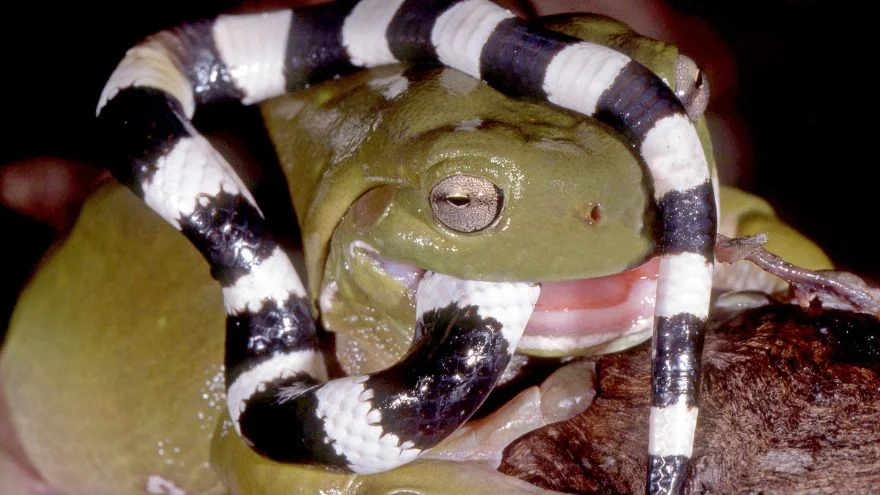Everyone has probably seen a frog at least once in their lives, but we don’t know much about them, other than a few objective facts like their amphibian and semi-aquatic natures.
It often seems like frogs are bubbly, happy creatures because of how they hop around with enthusiasm.
But is it possible? Can frogs feel happy? Can they process emotions?
Frogs can feel happy and they process emotions, though their method is different from humans.
Their nervous system allows them to navigate their environment and sense feelings.
These feelings often revolve around safety, pain, and fear. Feeling safe increases their happiness.
If you have a pet frog or aspire to have one, the best way to keep it happy is by increasing its feeling of safety.
We’ll explore more in the following paragraphs, as well as other aspects of a frog’s emotions.
Do Frogs Have Emotions?
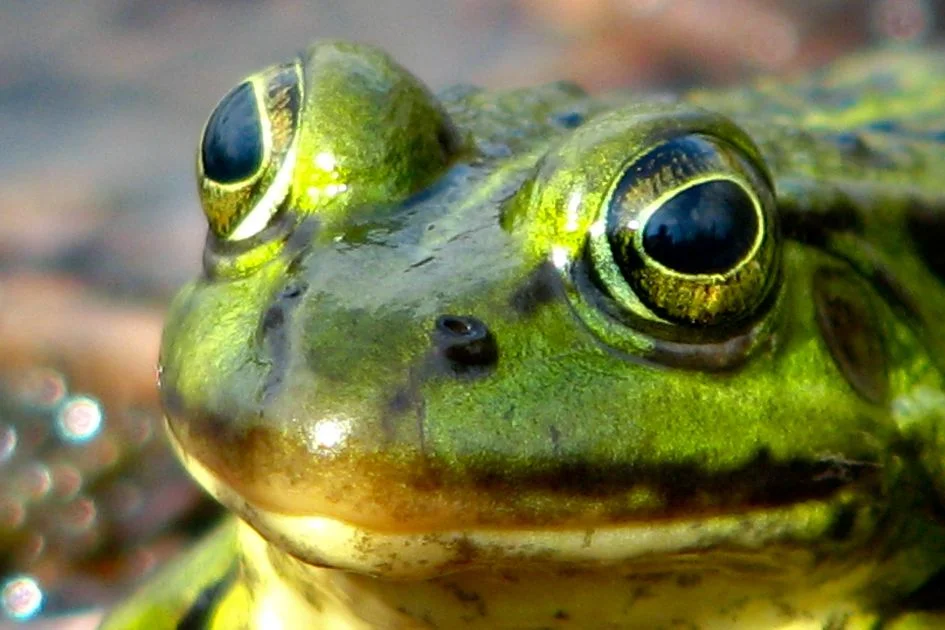
According to research, all amphibians in general are capable of showing feelings and emotions. They are sentient, which simply means they perceive feelings.
Findings show that these amphibians can have emotions like stress, suffering, distress, pain, anxiety, fear, excitement, altruism, and arousal.
Some studies also focused on frogs specifically have shown that they have sensory receptors that help them interpret external stimuli. This interpretation can then help the frog avoid pain.
Frogs’ senses work well. They can recognize their homes, pick up on the scent of predators, and even locate where they often mate.
They can see far, even in areas with little light. They can also hear strongly, a survival tactic as well.
A croaking sound is a form of communication and can be used to express fear, pain, contentment, or excitement.
That being said, frogs don’t have a neocortex that’s available in mammals. The neocortex is often associated with more complex brain functions.
Without this, frogs can’t perceive their world and show emotions the ways humans will.
Can Frogs Feel Happy?

Unless you try asking a frog, there’s no certain way to know if a frog is happy or not.
That said, you can know when a frog feels safe and content. This first happens when a frog’s needs are met.
The 3 most basic needs of a frog are food, shelter, and clean water.
When it has no problem meeting these needs, you’d find the frog relaxed and occupied with trapping a flying insect. When it can’t meet these needs, a frog will feel stressed.
Other important needs for the frog are reproduction and safety. When the first 3 basic needs are met, a frog will feel safe. That would enable it to mate at the right time.
Their happiness could also be tied to their personality. Some frogs are bolder and more adventurous than others.
Some would even confront a potential threat, including humans. Boldness and free spirit are usually associated with happiness.
Frogs are laid-back generally, and as long as you don’t disturb their peace, they are happy to coexist.
Their size can also make them happier. The bigger a frog is, the more it can resist predators.
The reverse is also the case. Smaller frogs are more vulnerable to predators so they tend to hide more. The bigger size also shows that the frog is eating well.
Below are other signs that indicate happiness in frogs:
- It shows enthusiasm in eating.
- Its weight is maintained.
- The frog shows more activeness.
- The skin is clear with bright eyes.
- It sheds regularly.
- It will vocalize when content.
Can Frogs Feel Unhappy?
If frogs can be happy, then the opposite is also true. They can be unhappy or stressed, and as we pointed out above, that occurs when their basic needs aren’t being met.
When there is no food, clean water, or enough shelter, frogs will feel stressed. Deforestation also contributes to the loss of habitat, leading to more froggy stress.
A frog can also show signs of stress when facing danger. When it has no place to hide away from a predator or it is surrounded by too many of them, the frog will feel stressed.
The mating season comes with the goal of reproduction, and the focus of any male frog is to find a mate and guard its territory. The intensity required for these activities can take a toll on the frog.
Tadpoles can feel stressed when there isn’t enough food and space in their environment. Unfortunately, they may end up eating themselves.
Do Frogs Like to Be Held?
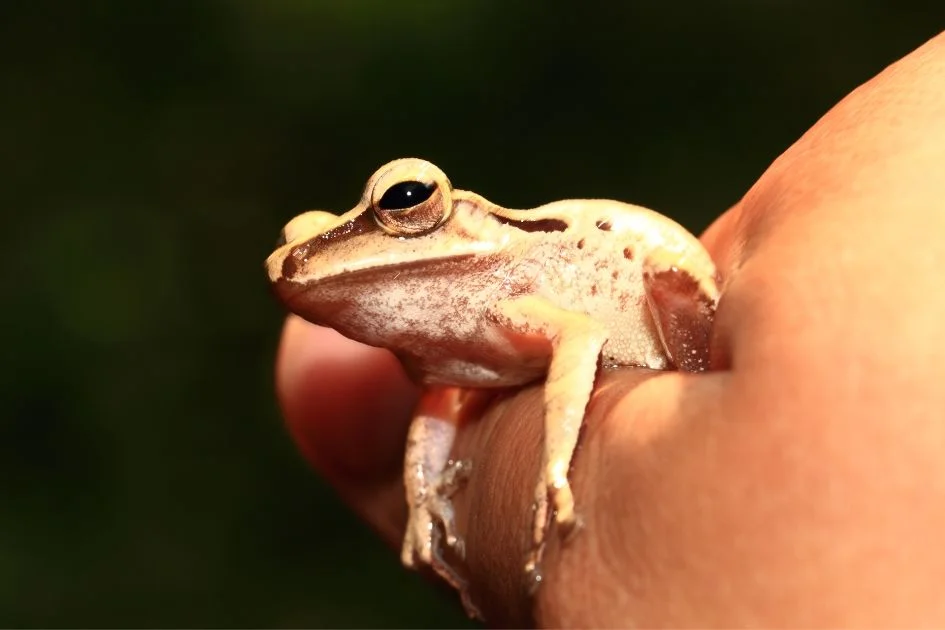
Generally, frog owners are advised to not hold a frog. Do not touch a stray frog too as some species are poisonous.
The golden poison frog is an example. These species emit dangerous toxins from their skin, which serve as a deterrent for predators and can be a health hazard for humans.
Another reason you shouldn’t hold a frog is that they don’t like to be held. Picking a frog out of its safe habitat creates feelings of fear and stress, which could cause the frog to try and escape.
Jumping out of your hands is risky for the frog. You might also squeeze your hand inadvertently, which can injure the frog.
The sweat and bacteria in your hand can put the frog’s health at risk.
If you do want to hold the frog, you should first wash your hands. Also, wash your hands after.
Do Frogs Recognize Humans?
While frogs may not be aware of you the way some other pets like a cat would, frogs can associate food with whoever’s bringing it.
If you want your pet frog to recognize you, make it a habit of bringing food. It won’t be difficult for the frog to link.
The frog might also adapt to recognizing your voice, just as it can recognize the sounds of some other animals.
It uses these sounds to keep away from predators or even territorial male animals.
Can Frogs Feel Love?
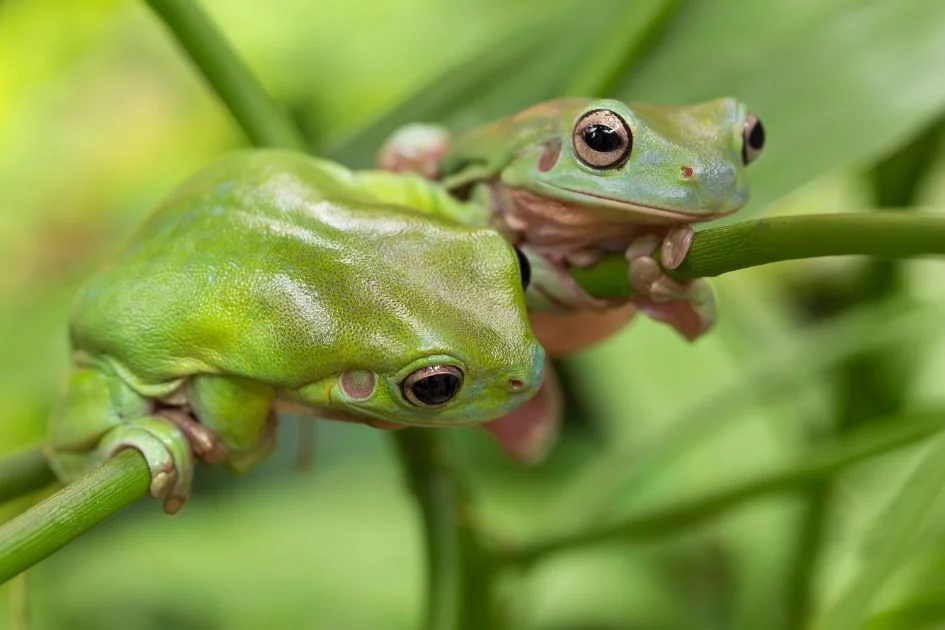
Frogs are solitary animals and don’t feel love the way humans do. We are social, but frogs are not so. They don’t have families or any form of grouping and prefer living alone.
Frogs only bond for mating purposes, and there are no indications that they can feel love like humans.
The mating process in frogs often lasts for 20 minutes or less, after which the frogs go about their business.
Female frogs do show protection for their little ones, but that’s out of instinct and not love.
As a pet, the closest indicator of love for a frog is when it feels safe and well-fed.
How Do Frogs Show Affection?
Because frogs’ emotions are not as developed as humans and some other mammals, it is difficult to pinpoint how it shows affection, even towards their owner.
However, some signs can show whether or not a frog feels comfortable around its owner.
If the frog is always trying to escape, making sounds of distress, or shutting its eyes, you need to put in more effort to make it comfortable.
A frog that feels safe around its owner will not display these signs and will be content to stay in the tank.
Frogs don’t seem to need affection to mate, so feelings towards the opposite sex are improbable. The female also protects its young out of instincts, not love.
Tips for Making your Frog feel Happy
If you own a pet frog and want to make the experience worthwhile, you should keep your frog in a constant state of safety.
Here are some ways to achieve this:
- Clean the frog’s environment regularly.
- Give them live prey, and other diets.
- Recreate the frog’s ideal environment in the tank.
- It should be humid and have the right environment to serve your frog’s needs.
- Regularly observe its health.
- Keep it away from other animals that might stress it.
- Reduce external disturbance.
You can also make your frog feel safe by feeding it and regularly meeting its needs.
Related Questions
Do frogs make good pets?
Frogs can make good pets, especially for those who want a water-based animal that offers more challenges than a fish. They are also good for first-time aquatic keepers.
Are frogs friendly?
Many frog species are laid-back and friendly both with other frogs and people. That said, not all frogs can be kept around humans because some are poisonous.
Are frogs carnivores?
When they’re still tadpoles, frogs are herbivorous. However, when they become adults, they turn into carnivores. They feed on insects and some small vertebrates.
Do frogs cry?
Frogs do not shed tears the way humans do, but they can feel pain, fear, and stress. They can express these through sound.
Wrap Up
Frogs elicit different reactions from people, but one thing is for sure, these amphibians have feelings too!
They tend to feel good when their needs are met, and express negative emotions otherwise.
To keep one as a pet, the keyword is safety. You need to meet its basic needs and ensure that it isn’t in a position that undermines its safety.
Check out these interesting articles:
Featured Image Credit: KevinDerrick / Getty Images
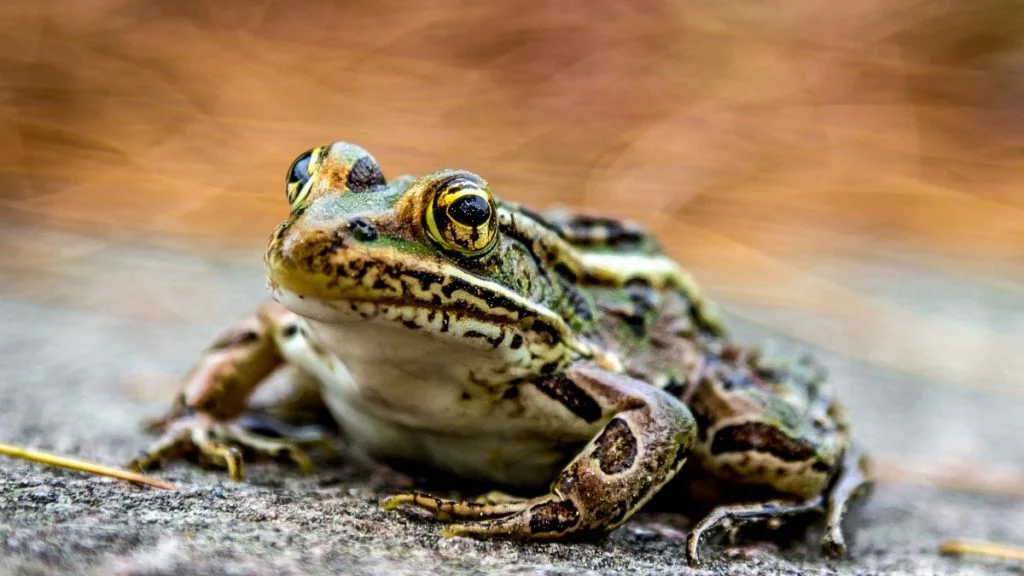
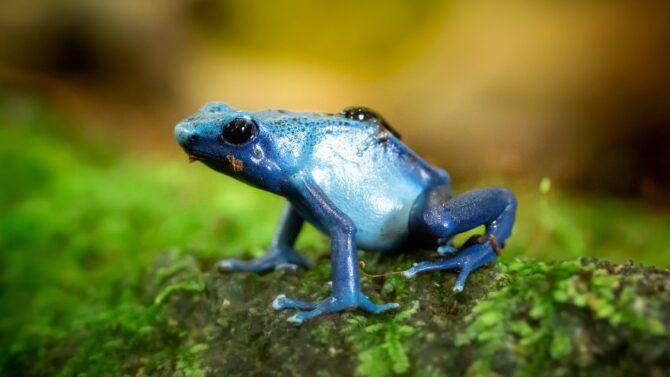


![How Long Can Frogs Go Without Food Or Water [Answered]](https://animalvivid.com/wp-content/uploads/2022/08/How-Long-Can-Frogs-Go-Without-Food-Or-Water-Answered.jpg.webp)
